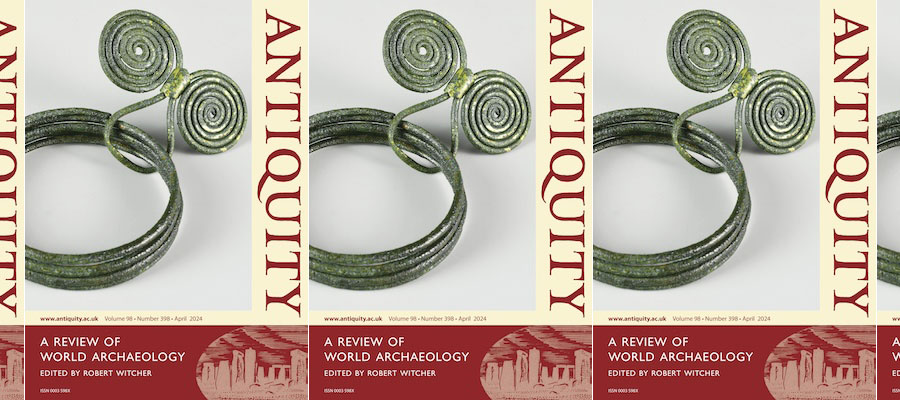Jane Kershaw, Stephen W. Merkel, Paolo D'Imporzano, and Rory Naismith. "Byzantine plate and Frankish mines: the provenance of silver in north-west European coinage during the Long Eighth Century (c. 660–820)." Antiquity, volume 98, issue 398 (April 2024).
The late seventh-century introduction of silver coinage marked a transformation in the economy of north-west Europe, yet the source(s) of the silver bullion behind this change remains uncertain. Here, the authors use combined lead isotope and trace element analysis of 49 coins from England, Frisia and Francia to provide new insights into north-European silver sources during the ‘long eighth century’ (c. AD 660–820). The results indicate an early reliance on recycled Byzantine silver plate, followed by a shift c. AD 750 to newly mined metal from Francia. This change indicates the strong role of the Carolingian state in the control of metal sources and economic structures across the North Sea zone.
